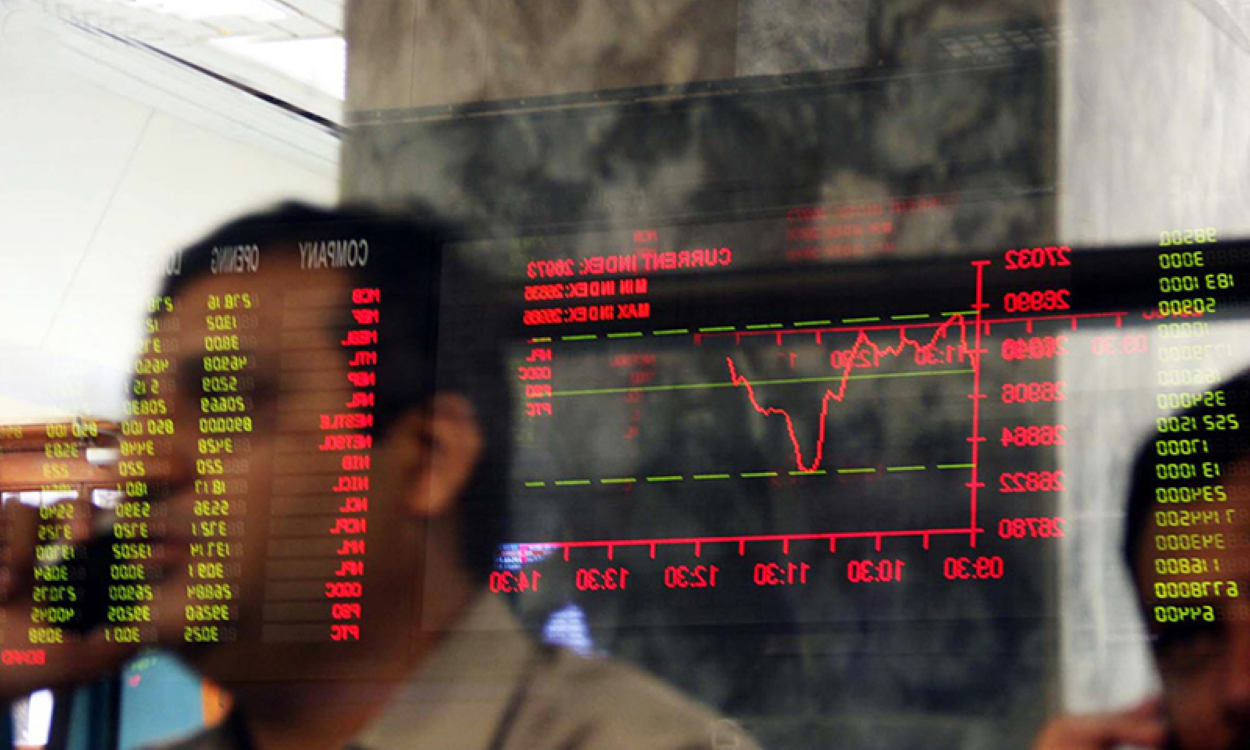The Pakistan Stock Exchange experienced a volatile trading session on Tuesday, concluding with a significant loss as a late-session sell-off erased all early gains. The benchmark KSE-100 index dropped by 752 points, or 0.47%, to close at 160,935.
The session began positively, with the index reaching an intra-day high of 162,345. However, investor sentiment shifted after midday, triggering widespread profit-taking. The index subsequently plunged to an intra-day low of 160,584 before recouping some losses by the closing bell.
Market analysts attributed the downturn to an uncertain economic outlook and a decline in international markets. A widening trade deficit, driven by rising imports and slowing exports, further dampened investor confidence, leading to a cautious approach.
The market presented a mixed-to-negative picture, with selling pressure concentrated in key sectors. The automobile, cement, commercial banking, fertiliser, and oil & gas exploration sectors were among the major contributors to the decline.
Read: PSX Falls 481 Points; MSCI Adds 3 Pakistani Banks to Index
Banking stocks emerged as the primary drag on the index. Engro Holdings, Meezan Bank, Bank AL Habib, and United Bank were among the significant laggards. Conversely, Pioneer Cement, Pakistan Oilfields, and DG Khan Cement provided some upward support, cushioning the index from a steeper fall.
Market participation remained high, with overall trading volume rising to 1.5 billion shares, valued at approximately Rs 38.9 billion. Shares of 474 companies were traded, with 179 closing higher, 249 falling, and 46 remaining unchanged.
WorldCall Telecom led the volume chart with 459.3 million shares traded, followed by Bank Makramah and Beco Steel. In a notable trend, foreign investors were net sellers, offloading shares worth Rs176.3 million, according to data from the National Clearing Company of Pakistan Limited (NCCPL).
Investors are now expected to focus on developments related to the next International Monetary Fund (IMF) loan tranche and the broader geopolitical environment for near-term market direction.






